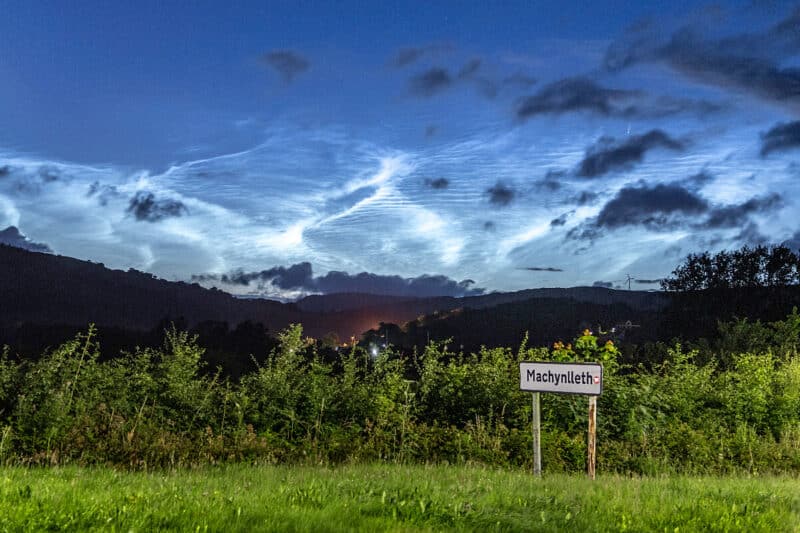Robert Price is a Welsh photographer who was shortlisted in the Astronomy Photographer of the Year competition for this image:
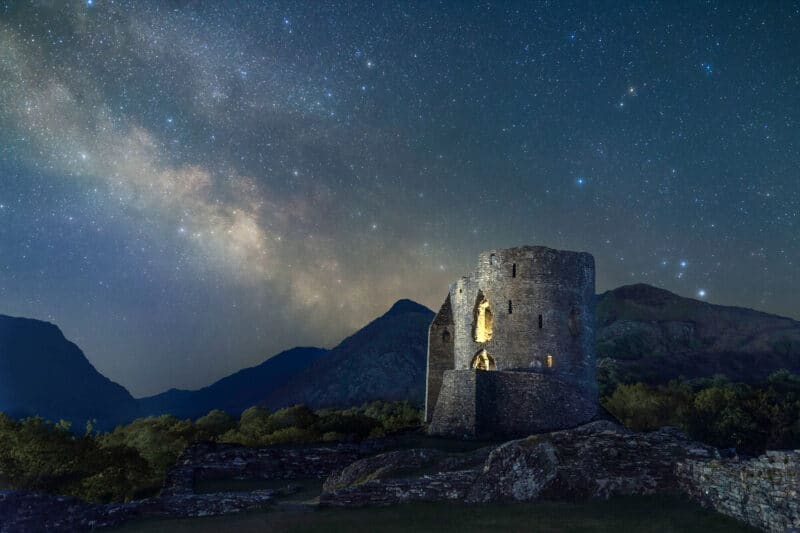
We discuss with him here how he plans, composes and captures astrophotography images.
What’s your current focus with photography?
I am only a part time photographer so I try to take photos when I’m not working.
I love all kinds of photography so one week I could be taking some portraits or photographing a local rugby match, and the next I could go for walk and do some landscape photography or visit the local wildlife reserve for some macro insect and lizard shots.
But astrophotography is a style I really enjoy, I try to plan one or two major astrophotos per year, as well as trying to capture any astronomical events that might be happening.
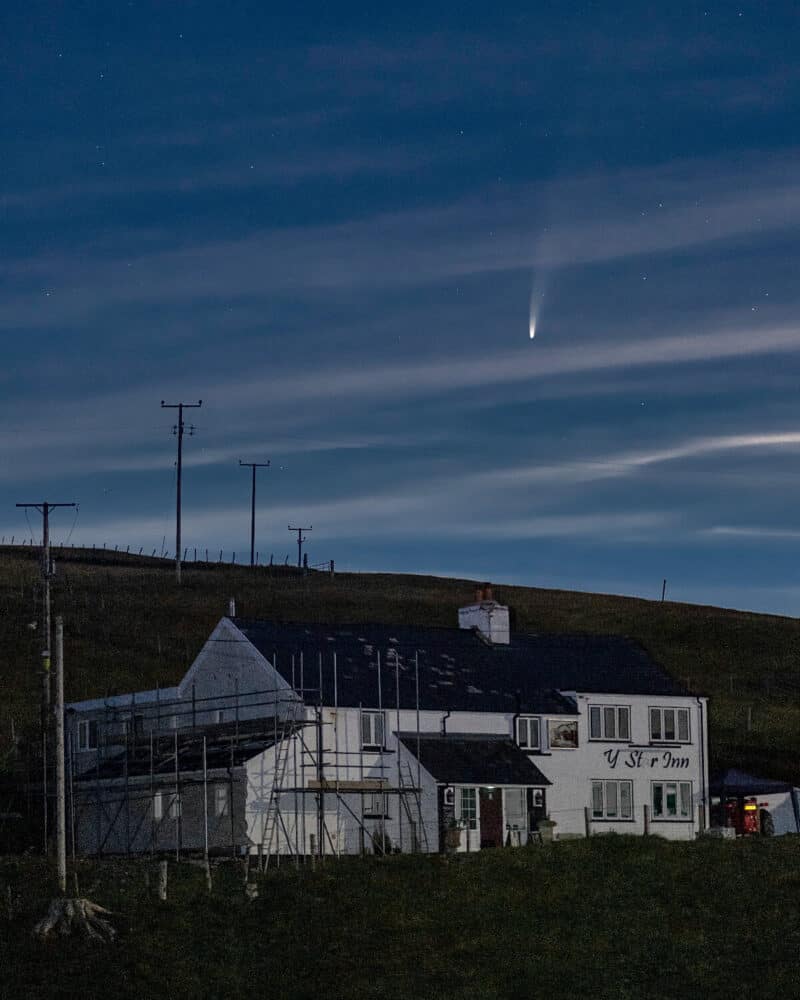
How do you plan your imaging?
Fortunately, being based in rural Mid Wales means I’m surrounded by dark skies.
Unfortunately, being based in Wales means that there are a lot of cloudy and wet nights.
Wales has one of the highest percentages of land protected by Dark Sky status anywhere in the world, and being in Mid Wales I’m in easy reach of the three main Welsh International Dark Sky Places:
I like to feature the Welsh landscape and historical sites in my photography.
When I have an idea I first start with scouting the location in Google maps, trying to see which angles might be possible.
Then I like to visit the location in daytime, firstly so that I’m familiar with the place and how to get there, secondly to check the alignment with the night sky is as I expect.
The app I use the most is PhotoPills.
The augmented reality feature is really handy while on site to find where the Milky Way should be in the sky at any given date and time.
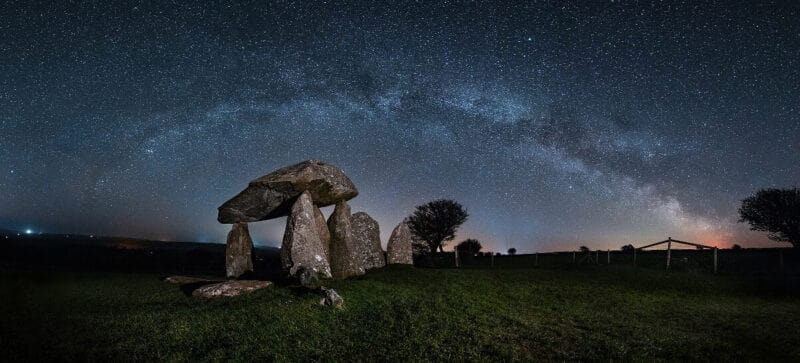
What gear do you use?
The camera I use is a Canon 6D MK II.
The main lenses I use for astrophotography are the:
I have a Sky-Watcher Star Adventurer Mini star tracker for long exposure Milky Way shots.
I do also have a Sky-Watcher 200P Dobsonian telescope which I can connect my camera to for lunar and solar eclipses or transits.
I’m happy with my current set up so not considering upgrading or changing any of my gear at the moment.
I will probably eventually upgrade to a mirrorless camera, and it would be nice to have a few more prime lenses but they’re not things that I NEED right now.
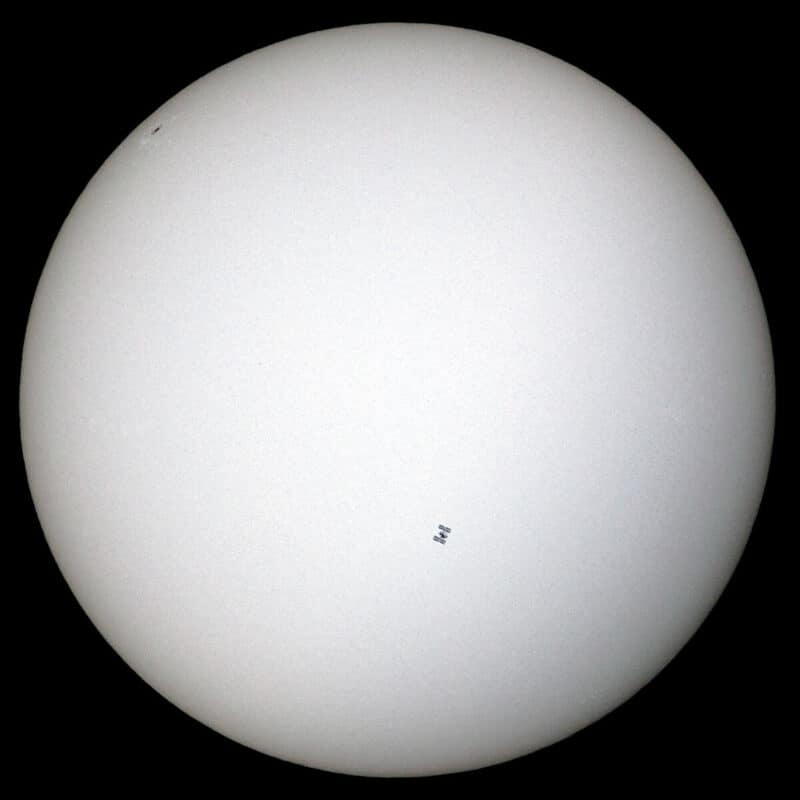
What software do you use for post-processing?
I am a Mac user so the choice of astrophotography software can be a bit more limited than on Windows.
My process is:
- First I will import my RAWs into Lightroom to set the colour balance.
- If it was a single exposure photo such as a solar or lunar shot I would continue to edit in Lightroom.
- If it is a shot that involves stacking multiple exposures I would export the photos to TIFF format for editing in different software.
- For stacked Milky Way shots I would import the TIFFs into Starry Landscape Stacker.
- For star trail photos I would import the TIFFs into StarStaX.
- The stacked photos would then be imported back into Lightroom or Photoshop to finish off, especially if sky and foreground shots need to be blended together for the final image.
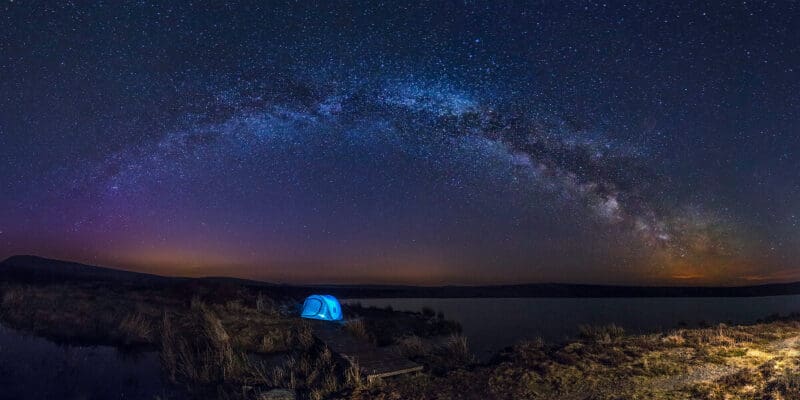
“Much of astrophotography is editing your images to reveal what your camera captures. Everyone edits in a different way so find a style that works for you.”
What tips do you have for astrphotography beginners?
The three main tips I would give to beginners are:
- Be patient and practice. Astrophotography is a huge subject and it can take a long time to feel like you know what you are doing.
- You don’t need to spend a fortune to get started, you can take good photos with basic gear and upgrade slowly.
- Develop your style. Much of astrophotography is editing your images to reveal what your camera captures. Everyone edits in a different way so find a style that works for you.
The PhotoPills app is well worth a purchase but their website has many of the calculators available for free.
There are also a whole range of guides for all kinds of astrophotography (as well as guides on how to use the app).
I have recently purchased Alyn Wallace’s Photographing the Night Sky book. This is an amazing resource, an encyclopaedia for all kinds of astrophotography.
This book alongside Alyn’s YouTube videos are a great place to start to learn how to take photos of the night sky.
Alyn’s passing is a massive loss to the astrophotography community.
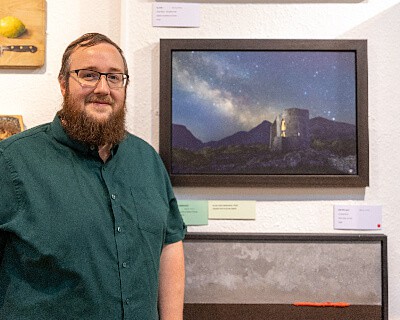
About You – Robert Price
I have always had an interest in astronomy, so much so that I studied Space Science and Robotics in university, but it has only been more recently that I had started combining it with my love of photography.
I regularly enter astrophotography into my local art gallery’s annual art competition, twice winning their public vote category. It’s a great feeling to know your work is liked by the public.
But my proudest moment was being shortlisted for the 2023 Astronomy Photographer of the Year.
It still feels crazy to think that my photo is being exhibited at the National Maritime Museum in Greenwich, London alongside so many other amazing photographers, some that I have admired for years.
You can follow me here:
